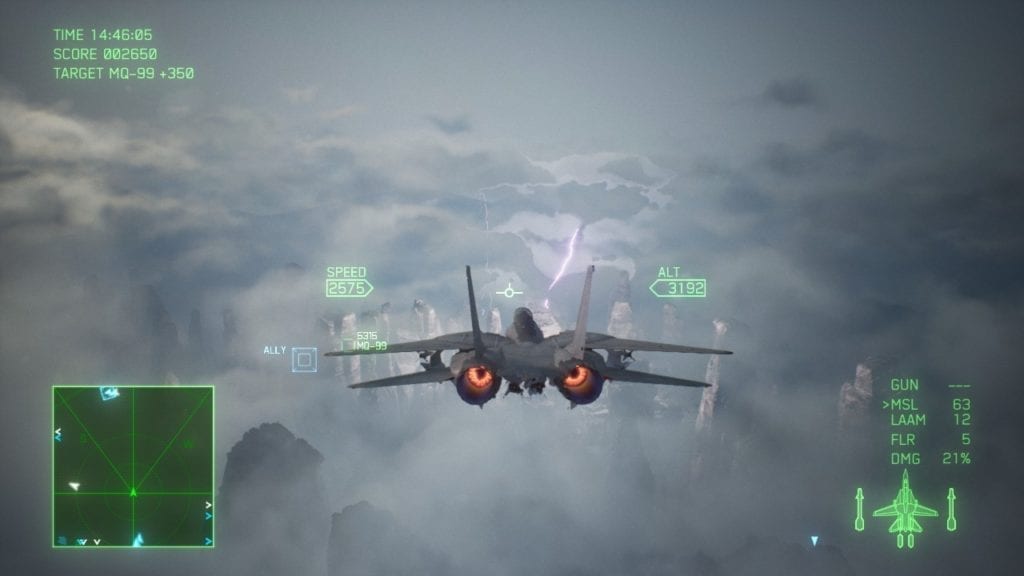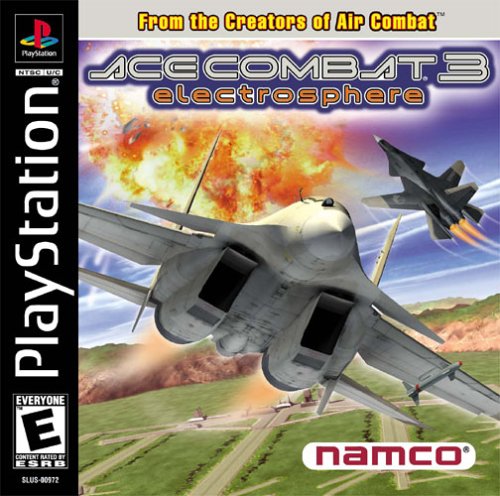

Producer Kazutoki Kono later confirmed in a 2016 interview with Monster Vine, that it was initially intended to be a one-to-one experience with the campaign, but that they found it to be a "little trickier than we thought." This resulted in VR and the main campaign getting put, as Kono termed in a separate interview, "on their own islands."Īce Combat 7 fell largely out of sight through most of 20, finally reemerging for an extended press tour last week.
Bandai Namco reinforced this impression by featuring the PSVR compatibility in its initial run of demos, sitting fans and press alike in a cockpit frame to convey the feeling of flying an actual plane.īut behind the scenes, Bandai Namco was quickly backpedaling. The implication then was that Ace Combat 7 was set to be a full-blooded VR game on par with the likes of EVE Valkyrie. It's a long way from where Ace Combat 7 was in December 2015, when it was announced at PSX with a slew of other PSVR games.

What's there is pretty cool, but it's more or less a novelty mode on par with the X-Wing Fighter VR Mission from a few years back. The VR content, such as it is, amounts to a few exclusive missions with no ties to the main story, a VR air show that you can watch from the deck of your carrier, and a hangar mode. In contrast to the PlayStation VR's generally strong 2018, which included the release of critical darlings Astro Bot Rescue Mission, Tetris Effect, and Moss, the platform is barely an afterthought in Ace Combat 7.

It was a tidy metaphor for how VR is represented in a game that was originally introduced as a "PlayStation VR Exclusive." A couple headsets were sitting forlornly on the far side of the room, all but ignored by the journos playing multiplayer and single-player on traditional screens. When the press sat down to try Ace Combat 7 late last week, there was hardly a PlayStation VR headset to be seen.


 0 kommentar(er)
0 kommentar(er)
